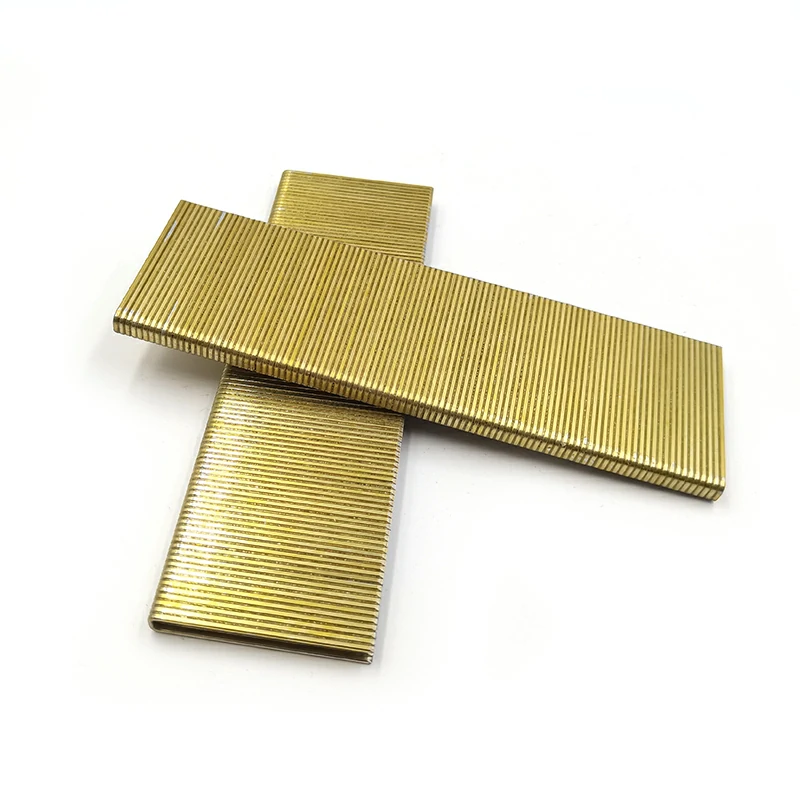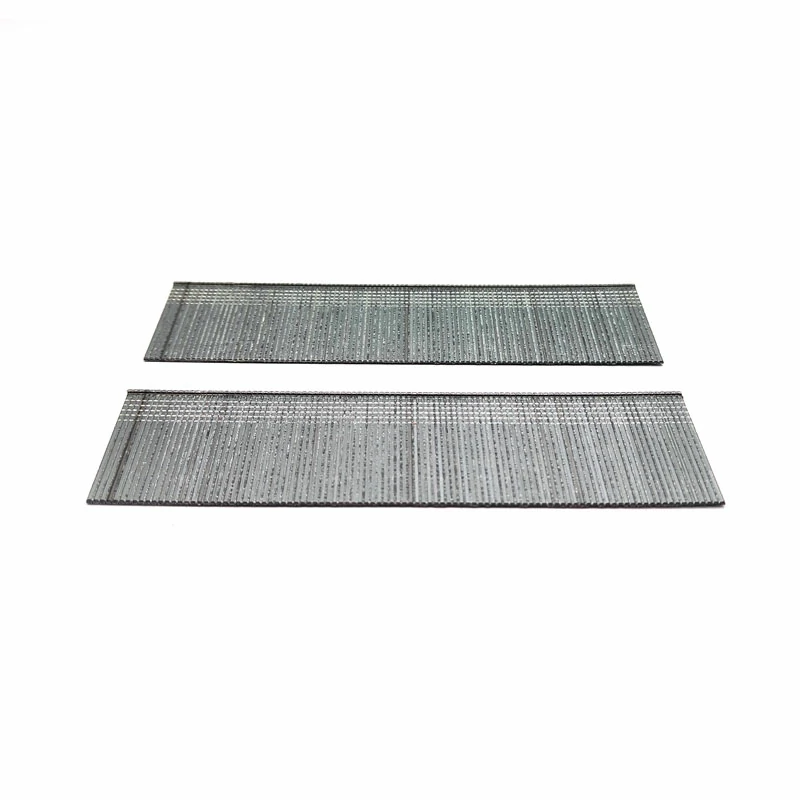Whether you’re completing craft projects, making repairs or assembling commercial products, the right staples can make all the difference. Narrow crown staples are a versatile option that provide a low profile and inconspicuous fastening. 18 gauge staples in particular offer a good balance of strength, thickness and visibility for many applications.
What Are Narrow Crown Staples?
Narrow crown staples have a profile that sits low and lies close to the surface they are fastened to. This minimizes how visible the staple is after it has been applied. Narrow crown refers to the shaped part of the staple legs where they bend around to form a “crown”.
• Narrow crown staples have crown widths of 3/32″ or less
• They are often used for applications where visibility is important
• 18 gauge is a common thickness, providing sufficient strength for many uses

Uses for 18 Gauge Narrow Crown Staples
Some common applications for 18 gauge narrow crown staples include:
• Craft projects – Attaching paper, fabric or lightweight materials inconspicuously
• Book binding – Holding pages together without the staples showing
• Upholstery repair – Reattaching fabric or vinyl covers to frames discreetly
• Sign making – Fastening letters, prints or decals while maintaining a clean look
• Furniture assembly – Joining wood surfaces with staples that blend in
• Appliance manufacturing – Holding insulation, 18 ga nail diameter covers or casing parts together with staples that hide underneath
Benefits of Stainless Steel Staples
For applications requiring corrosion resistance, staples made of 302 or 304 grade stainless steel offer:
• Invisibility – Stainless staples blend in with aluminum and galvanized parts
• Strength – Stainless formulations provide comparative strength to regular steel
• Food safe – Stainless staples meet FDA requirements for use in food applications
• Durability – Won’t rust, corrode or degrade over time exposed to moisture
• Heat resistance – Can withstand higher temperatures than carbon steel
